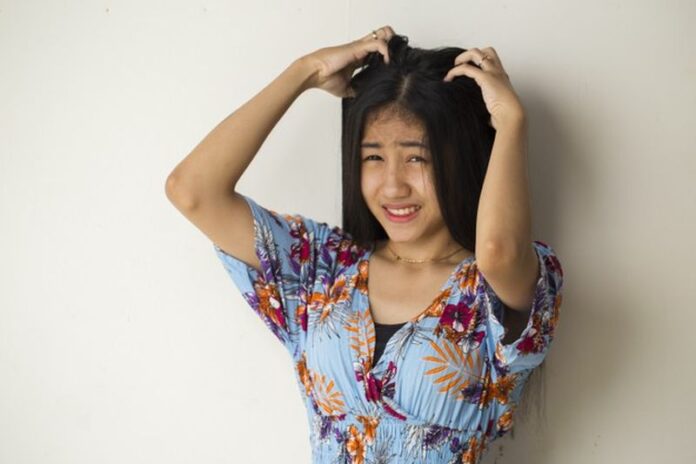
Life is a small insect, which are parasitic in nature and they mainly feed on human blood. Lice spread very quickly either through personal contact or by sharing Belongings with each other. Lice are broadly categorized into three categories: Body lice, head lice and pubic lice.
- Body lice –these lice are commonly found in bed and cloths and often come out to feed on the skin. The problem is found in people who don’t wash their clothes regularly.
- Head lice –this is the most common form of lice found on the hair scalp. They cause severe itching and can be removed with proper treatment.
- Public lice –as the name suggests this lice occur on the hair and skin of the pubic area.
Usually maintaining proper hygiene can help in preventing the occurrence of lice but there are times when even after maintaining proper hygiene lice becomes a recurring issue.
Symptoms
Some of the frequently observed symptoms of lice are as follows:
- Severe itching on the body, scalp or in the private parts of the body.
- Small eggs laid by lice known as nits are very tiny to see but can cause recurrence of lice. They are often misunderstood with dandruff.
- Sensation on tickling on hair movement.
- Continuous itching in scalp, neck or shoulder can cause redness of skin, which in turn can cause bacterial infection.
- Although rare, lice can also make bite marks around the infected area.
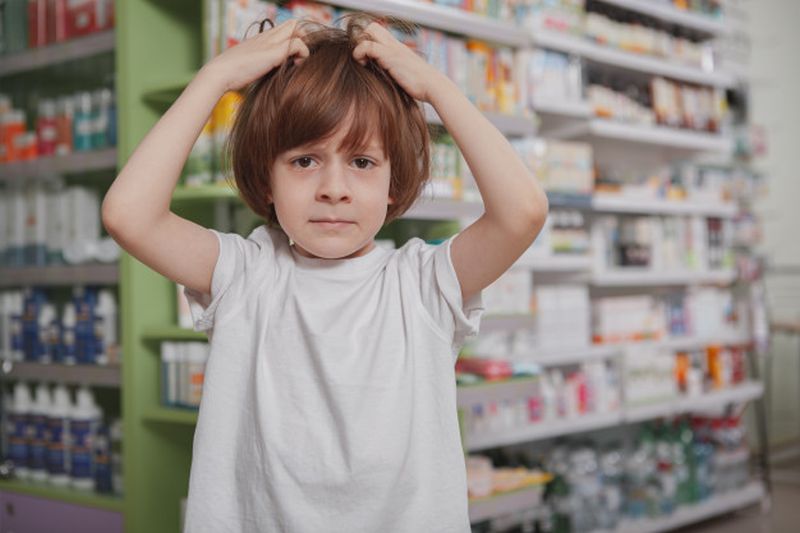
Causes
As discussed above lice feed on human blood and can infect the human body, head and the private parts. At the time of giving birth female lice releases glue like substance and use that for sticking eggs to the scalp. It takes six to eight days for a lice egg to hatch.
Lice only spread from one person to another by either of the following ways:
- Body or head contact – lice cannot jump or fly, when two people come closer to each other lice spread from one to another.
- Sharing belongings – sharing belongings such as clothes or pillow or blankets etc can also cause spread of lice.
- Long storage – storing things for a long period of time can also permit spread of lice.
- Physical relations – lice in the private arts can spread through sexual contact. If lice is found in the pubic hair of small children then it is an indication of sexual abuse.
- Use of infected furniture- lying on a bed, sofa or any other furniture used by an infected person can lead to spread of lice.
Prevention
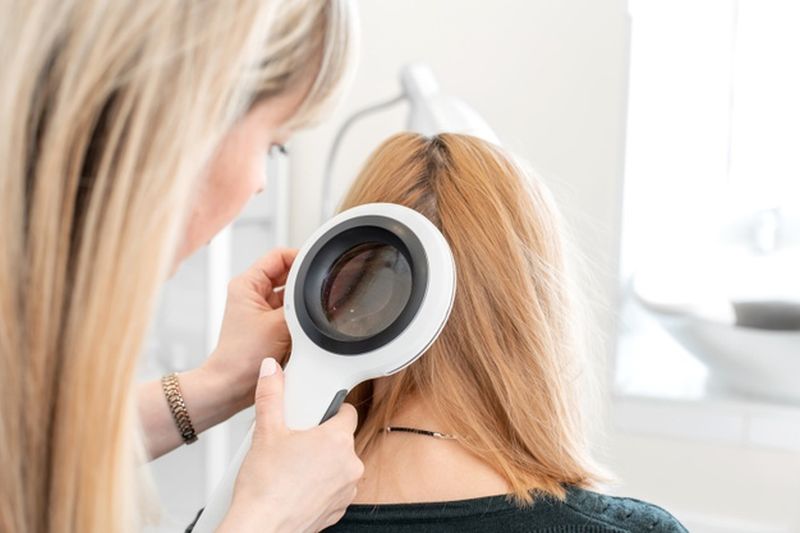
It is indeed very difficult to prevent or avoid spread of lice specially in small children while they are in school or in day care centres. Children come close to each other while playing or they share their belongings, which makes spreading of lice pretty easy. Having lice is not an indication of either poor hygiene or bad parenting. There are many medicines available that claim to offer complete relief from lice but not all of them are safe to use, especially on small children.
Research performed on these medicines have revealed that they are mainly made from plant oil, tea tree leaves, essence and so on. Although, this composition may seem effective on repealing lice but it’s effect on the skin and safety parameter is still questionable.
Until we have a certified product from FDA (Food and Drug Association) it is better to avoid use of these products. Safest approach is to take one measure to avoid spread of lice and lice eggs, so that it becomes manageable to deal with it. Let’s take a look into some of the simple tips that can be helpful in preventing lice
- Educate your children about lice and ask them to avoid head contact or close contact with their friends while playing.
- Tell me not to share their personal belongings or use other children’s belongings.
- Also, tell them to avoid use of common accessories like towels or lockers.
These simple tips can be of great help in preventing recurrence of lice in children.However, it is possible that children or even adults can avoid physical contact with other individuals completely.
One very common problem which the majority of people face is related to the myths on lice removal and prevention. These myths make it even more difficult and confusing for the people to deal with lice. For detailed information on lice removal and the related myths one can refer to this novokid.com. Here one can get detailed information on lice and how to remove them, also information related to various lice myths are busted here.
Diagnosis
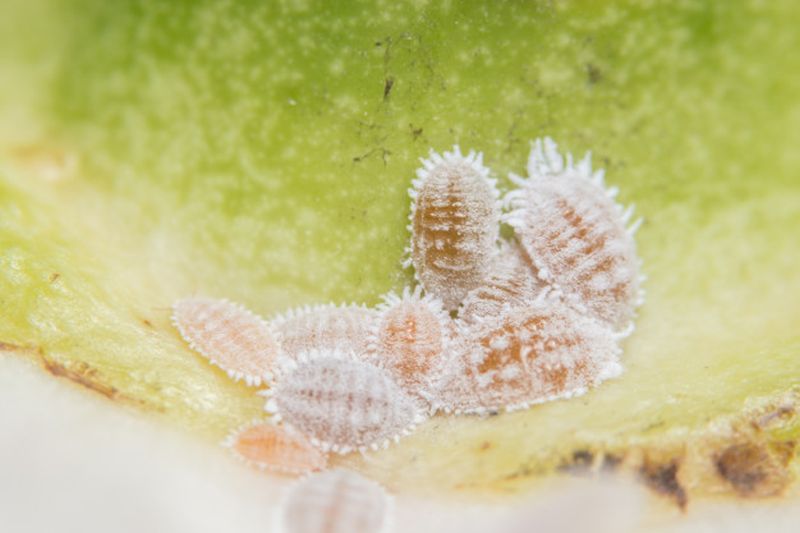
Doctors make use of magnifying glasses and a special blue colour light for examining and spotting lice & nits. Use of this blue light highlights the presence of nits. Based on the severity of the problem doctors provide medications which should strictly be used in the prescribed proportions. Excess use of medication can cause redness or itching and minimal usage will have no effect on the lice.
Care
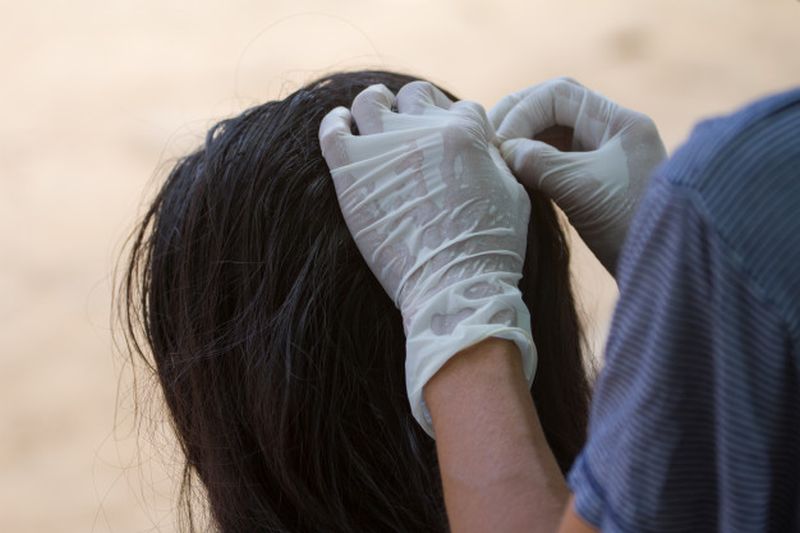
Despite of the fact whether you prefer on the counter medication or doctor prescribed shampoo for getting rid of lice, in each case self care is a must. Now the question that arises in the mind of majority of people is how to do self care against lice.
The answer is after applying the medication make sure that all the lice and nits are removed from head, body and the genitals. Secondly, one should perform deep cleaning of cloths, furniture, bed and other personal belongings to ensure no lice or nits is left behind.It is believed that getting rid of the lice from your body is not that difficult but the main task is to completely avoid contact with people who are infected with lice and nits.
It is true that becoming lice free is a tedious task but with proper precautions and self care one can achieve this. Do not make the mistake of ignoring this issue as it can become extremely severe if left untreated for a prolonged and extended period of time.
















